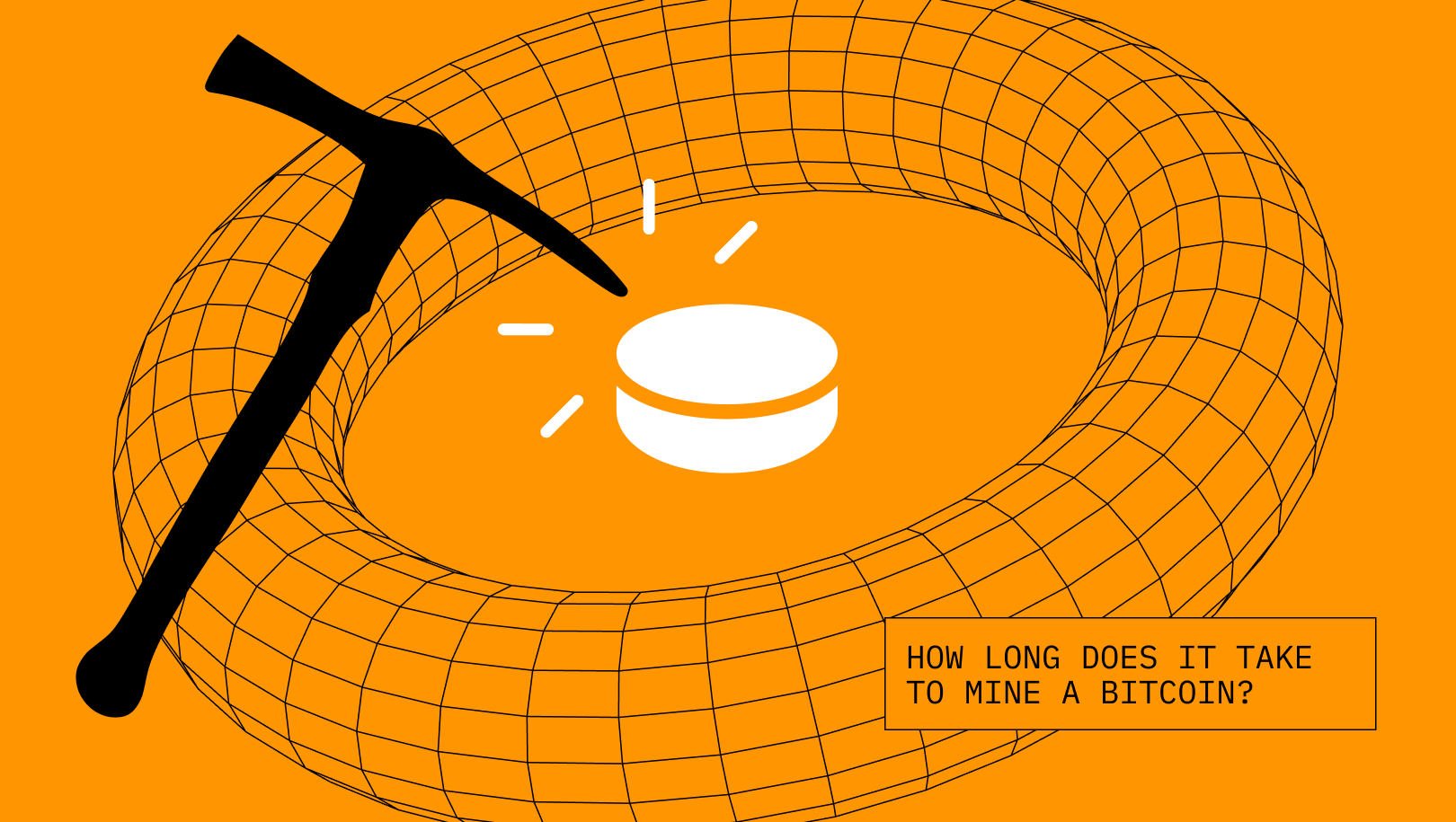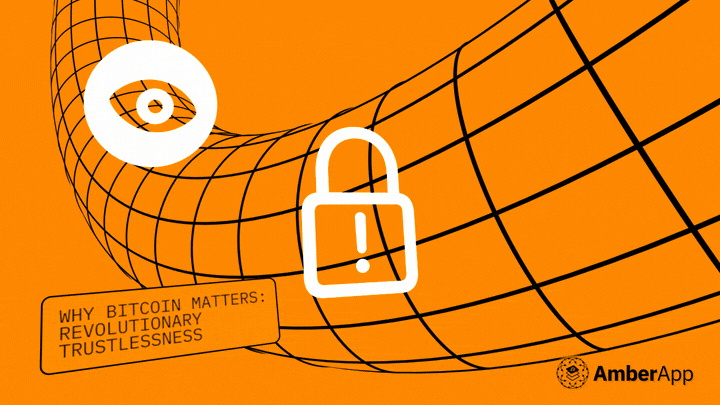Bitcoin mining is similar to any type of mining: gold, copper or coal for example. Energy is spent to mine the asset.
However, there is a clear difference between Bitcoin mining and these other type of physical commodity mining. Bitcoin mining is done on a computer. Not any computer, but a specific type of Bitcoin hardware and software, that is referred to in the Bitcoin space as mining equipment. These advanced computers used to mine Bitcoin are most commonly known as ASICs.
When someone asks how long it takes to mine a Bitcoin, there is an important thing one needs to understand in the first place.
It’s impossible to mine just one Bitcoin.
Let’s have a look at this bold claim below:
It’s impossible to mine just one Bitcoin
You might be thinking, this isn’t true! Bitcoin is mined all the time!
Correct. Although, when Satoshi designed Bitcoin, he decided how much Bitcoin would be mined. The miners do not get to decide whether they want to mine a singular Bitcoin.
The BTC protocol was pre-programmed to ensure that Bitcoin mining was perfectly punctual.
Bitcoin’s current block reward sits at 6.25 BTC. Therefore, a single miner cannot choose to mine at a rate of 1 BTC, they must mine 6.25 BTC at once. Obviously, there’s a catch – mining pools.
We’re jumping ahead a little bit, let’s take a step back and see how Bitcoin mining actually works.
Bitcoin Mining
Bitcoin mining has several jobs: it confirms BTC transactions, it secures the BTC blockchain and receives the new Bitcoin.
Bitcoin miners use time, money and resources to generate hashes for the BTC network. It’s these hashes that secure the BTC network. A lucky miner will generate the specific hash that will “win” and in doing so, their block will be time-stamped on the BTC blockchain. For their efforts and energy expenditure, they will be given the block reward (along with any transaction fees). A new block is created, on average every 10 minutes, meaning there’s typically 144 chances each day to win the block reward.
Miners are a vital part of the proof-of-work mechanism that is the life-blood of Bitcoin. Despite what critics say.
So, if we understand Bitcoin mining to be plugging in an ASIC and generating hashes, then it would seem impossible to mine just a singular Bitcoin, at one time. Since, you will mine 6.25 BTC, if you win the block reward. That is unless, of course, you join a mining pool.
Mining Pools
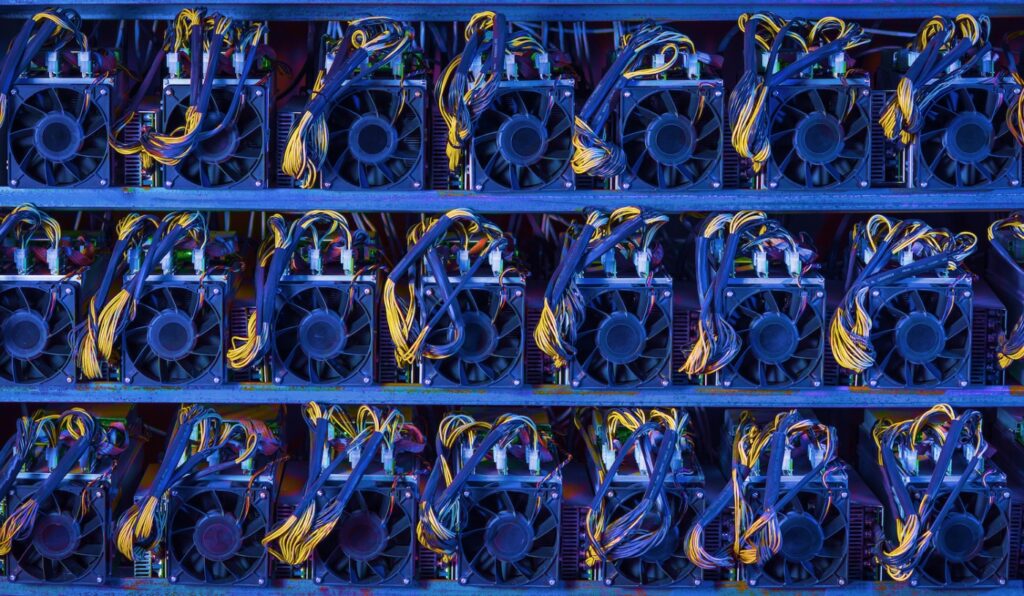
Mining Bitcoin is so difficult that many miners join a mining pool. Simply put, your equipment contributes its hashing power to the larger group and the rewards are split among that group. The more computational power you contribute, the higher percentage of the block reward you’ll receive.
There are a number of different mining pools operating, all competing for the block reward. Each pool will have slightly different fees or rules associated with them. Before joining a mining pool, we recommend doing your own research and finding one that would be suitable to your needs.
The Time it Takes
If you ask the question, how long does it take to mine 1 Bitcoin? You’ve got to take all the factors up above into consideration. Mining pools, luck, block rewards etc.
It then makes you realise that it is extremely difficult to put a timeline on how long it would take you to mine 1 bitcoin, if you were to buy an ASIC tomorrow. If you don’t join a mining pool, you are going through a lottery process.
You could mine one bitcoin (within your greater bitcoin block reward of 6.25 BTC), in your first 10 minutes of purchasing an ASIC, even though that’s next to impossible. It’s been done before. Or, you could be mining for 40 years and never hit that block reward.
Therefore, with little capital a mining pool is the way to go. And, you can theoretically calculate how long it should take to mine one Bitcoin. Or there is a great calculator here.
If we go with the largest mining pool over the three months, Foundry USA, with 22.24% of the hash rate, it technically should receive 22.24% of the Bitcoin generated each day – 22.24% of 900 BTC.
Around 200 BTC a day.
Foundry USA, has a total hash rate of 49.45 EH/S. And a single top of the line ASIC generates around 100 TH/s.
100 TH/s = 0.0001 EH/s.
Therefore, 1 ASIC would be 0.00020222446916076846% of Foundry’s hash rate. If they are receiving 200 BTC a day. It will take approximately 2,472.5 days to mine 1 bitcoin with a single ASIC in the largest mining pool.
Changes your perspective on how popular Bitcoin mining is right?
Users of Bitcoin, may not know the amount of capital that goes into securing the most impregnable network in the world. All these miners would love to take 10 minutes to mine Bitcoin, and reap the rewards. But, there’s 1000s of others doing the same.
One block. Each block. 6.25 BTC up for grabs.
Do those 2,472.5 days sound long enough? Well, it gets worse:
Difficulty Adjustment
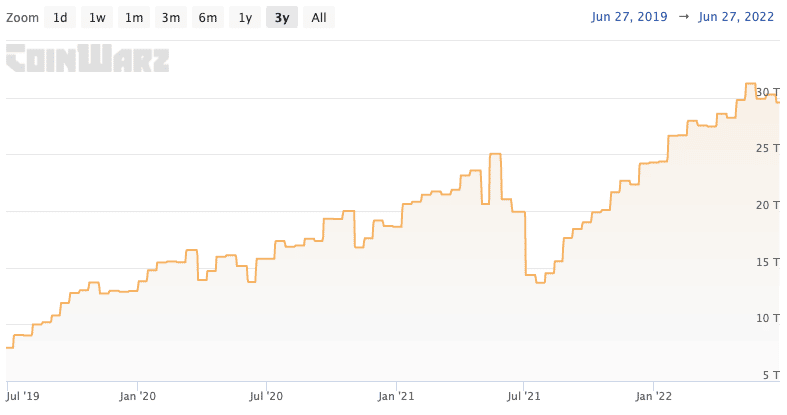
You also have to consider the difficulty adjustment. Which is one of the most ingenious parts of Bitcoin. The difficulty adjustment was created to ensure that all the Bitcoin wasn’t mined at once as computing power increased. Mining equipment contributes hash rate to the Bitcoin network. As this hash rate rises then the difficulty adjustment rises too.
It essentially makes each block harder to solve, so that the block time remains close to 10 minutes. As the hardware and software improves, miners can generate more hash power, so it must be compensated for.
Halvings

Satoshi knew that Bitcoin’s adoption had to be married with the rate at which Bitcoins are mined. Therefore, he realised that Bitcoin’s rate of production cannot be all at once, there must be some time for people to get used to this new technology. This new money.
Therefore, Satoshi implemented halvings into the BTC protocol. A halving occurs nearly every four years (210,000 blocks), and like the name suggests, it halves the Bitcoin reward per block. The block reward, in May 2024, will become 3.125 BTC per block.
This continues to happen until all 21 million Bitcoin have been mined, which will happen sometime in 2140. The halvings display the scarcity associated with Bitcoin. In the future the block rewards will be minimal, meaning miners with all their time, resources and money will be fighting over very little Bitcoin.
After 2110, when you ask how long does it take to mine one Bitcoin – the answer will be it’s not possible. The last Bitcoin will take over 30 years to mine, so many blocks will be created just for this Bitcoin and to think that 6.25 BTC are created each block today – is shocking.
Cost to mine one Bitcoin?
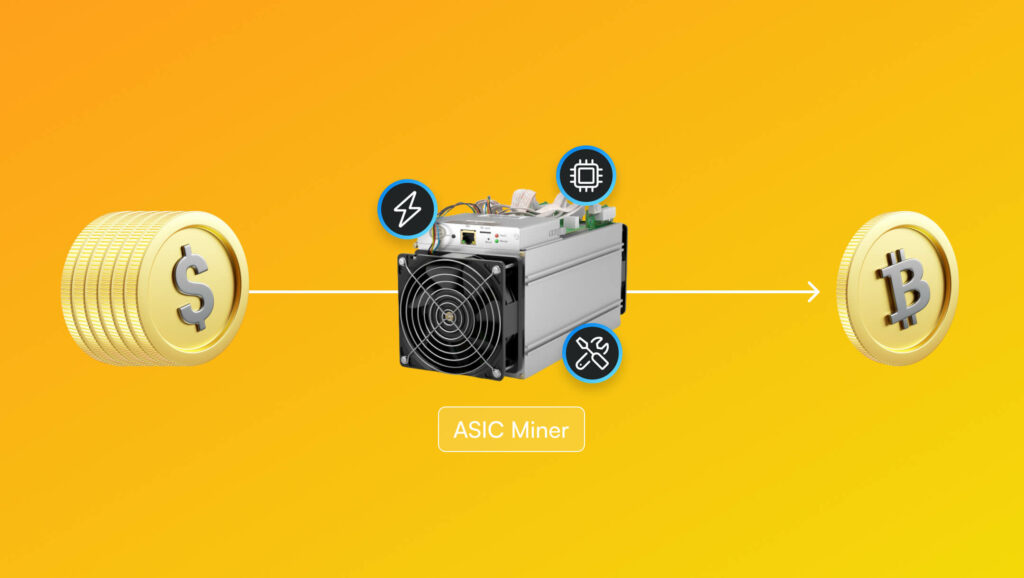
Bitcoin mining isn’t free, or else, everyone would be doing it! There are several costs associated with the mining operations.
Firstly, you’ve got your mining hardware. These don’t come cheap, especially if you want to purchase a lot of them. The mining rigs’ price generally follows Bitcoin’s price, becoming more expensive in a bull market and less so in a bear.
Secondly, you’ve got your electricity costs. Often an overlooked costs when individuals claim they are going to start mining cryptocurrencies. Your electricity costs directly affects your profitability of Bitcoin mining. The cheaper you can receive electricity, the better off you’ll do.
Lastly, you’ve got the costs associated with all the repairs needed for your mining equipment. ASICs aren’t perfect and they can break down quite frequently. But if they are well maintained they can last over 5 years. It’s a long process being a Bitcoin miner and you have to be up for the task. However, the long-term value of becoming a Bitcoin miner today is unparalleled.
When you ask how long does it take to mine one Bitcoin, you must also acknowledge the costs associated with it! A lot of the time it is simpler and just as profitable to stack sats, through an exchange like AmberApp. However, if you want to be a Bitcoin miner, go for it!
Miners are the ones who the halvings affect most directly. They realise how scarce and important Bitcoin will become. You are not late to Bitcoin, there are 900 BTC being mined everyday. This is a blessing, stack as many as you can.

